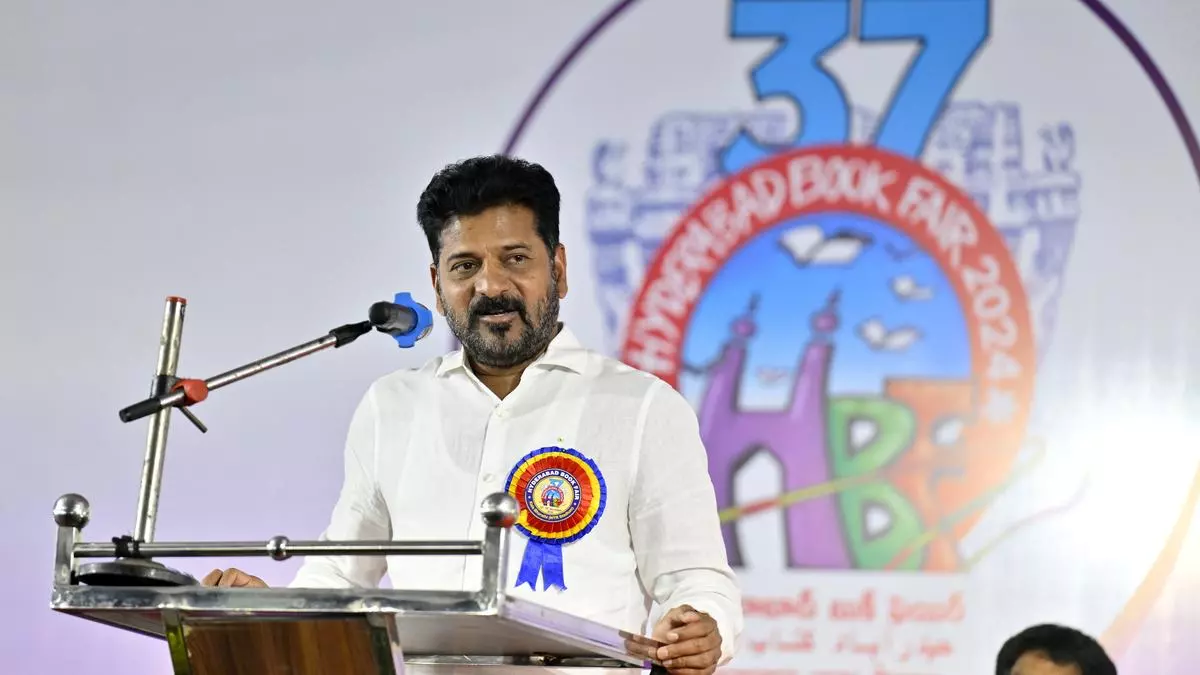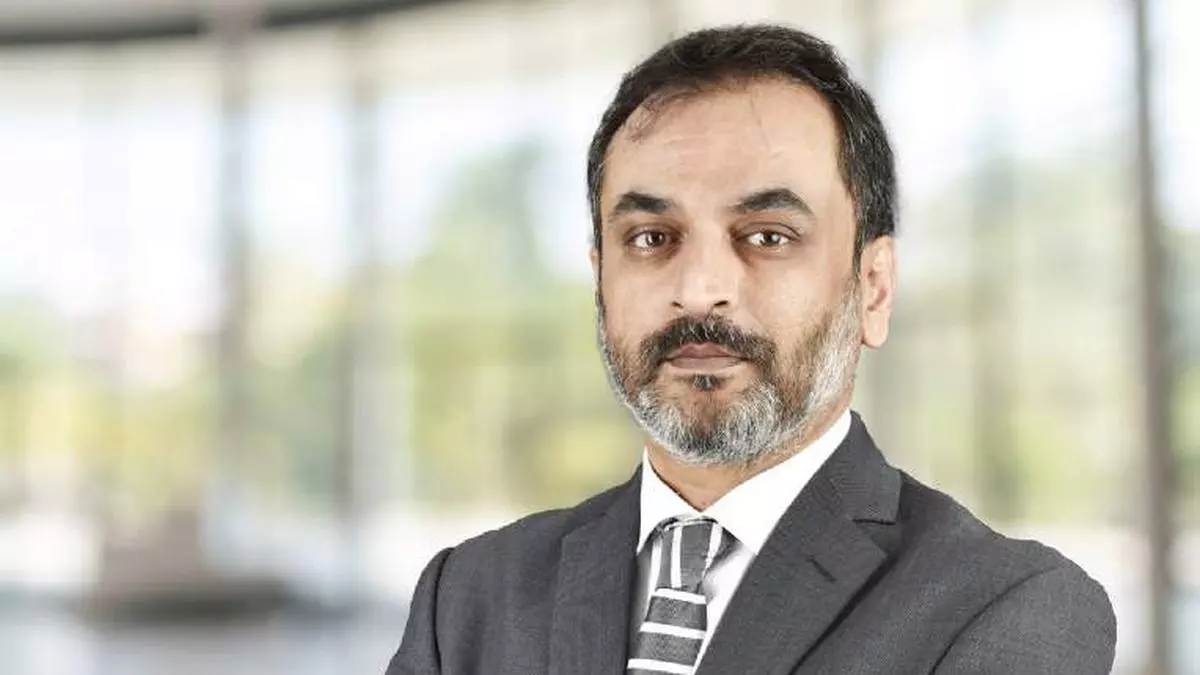The growth rate of the Indian economy came down sharply in the last few months, leaving a lot of optimists looking very embarrassed and government spokespersons saying don’t worry, be happy because this is only a temporary blip. Maybe it is, maybe it’s not. We will soon find out.
But as we wait for that day, here’s another Indian paradox. Since the early 1950s, successive governments have been advised by several top class economists, both Indian and foreign. Yet the Indian economy performs way below potential. China, on the other hand, hasn’t had the benefit of such advice. Yet today its economy is almost five times as big as India’s.
So we can be forgiven for wondering if the economists who advised us were not really top class or whether the advice they gave was faulty. Having studied this question in some depth over the years, I can say quite confidently that they were indeed great economists and their advice was excellent given the context of the times.
Great economists. Good advice. But poor economic performance. What then is the problem? Why are we unable to get investment, employment and output to grow at an adequate rate over even 10 years, let alone the 30 that China and East Asia managed between 1978 and 2008?
The technical answer is, of course, well known: we have never managed to raise the investment rate to the 35+ per cent that’s necessary for long enough. Yes, but why not?
Long list of reasons
The list of reasons is long and now boring. Bad politics. Bad choices. Bad policies. Bad institutions. Bad bureaucracy. Bad reforms. Bad regulation. Bad costs. Bad taxation. Bad integrity. Bad returns.
As a result, the debate and discussion have now become so bad that no one is interested any longer. These reasons have been discussed and for so long that for the last decade discussion fatigue has occurred. We aren’t even trying to find out why investment doesn’t cross the 30 per cent level. Or, hold on, doesn’t it?
“When you have eliminated the impossible, whatever remains, however improbable, must be the truth.” This is a famous Sherlock Holmes saying. It happens to be true in terms of logic. It also happens to be the method used, unwittingly, by the late Isher Ahluwalia in her 1984 book to explain Indian stagnation in the 1970s. She was hailed for it.
So how probable is it that we are asking the wrong question? Is it possible that official statistics don’t capture the real investment and growth rates both of which are, and have been, actually growing at around 8-10 per cent more than what official data suggest? That is, we actually save and invest around 40 per cent of GDP.
For the last 35 years I have been saying that this is what’s been happening because of one simple counterfactual phenomenon: except for short periods, our inflation rate has remained below 10 per cent over the last 75 years. This can only mean one thing: the demand-supply gap has been much less than what an average growth rate of only around 6 per cent would result in even given big fiscal deficits.
In other words, we are actually investing more and producing more than what the official numbers suggest. Just because the government can’t see it, it doesn’t mean it isn’t happening.
The sheer size of what the government can’t see, the 60 per cent ‘informal’ economy, stands witness. Please someone tell me, what’s so informal about money that’s actually invested and goods and services that are actually produced? The inability to tax them doesn’t mean these things don’t exist.
Indeed, as everyone accepts, the more things a government taxes, the more is the investment and output that are hidden from it.
High rates, low coverage
GST was supposed to solve this but has failed because of the high rates and ridiculously low coverage. It should be the other way around: complete coverage and low rates.
Likewise income tax. The policy is complete rubbish. If you tax at these rates you can’t expect consumption of things produced in the formal sector to grow. Things are much cheaper in the informal sector which sells things produced in the formal sector, the grey market.
What’s happening is that lots of income is being generated but when declared is taxed so much that it is being hidden, and consumption is being diverted to goods made in the informal sector.
There is also a thriving second-hand market that works on a word-of-mouth basis. There are well-developed supply chains and distribution networks for everything. The formal sector calls these “Number 2 ka samaan.”
The short point is that we have what’s called the tip of the iceberg problem, of reaching conclusions on the basis of too little information.









Leave a Comment